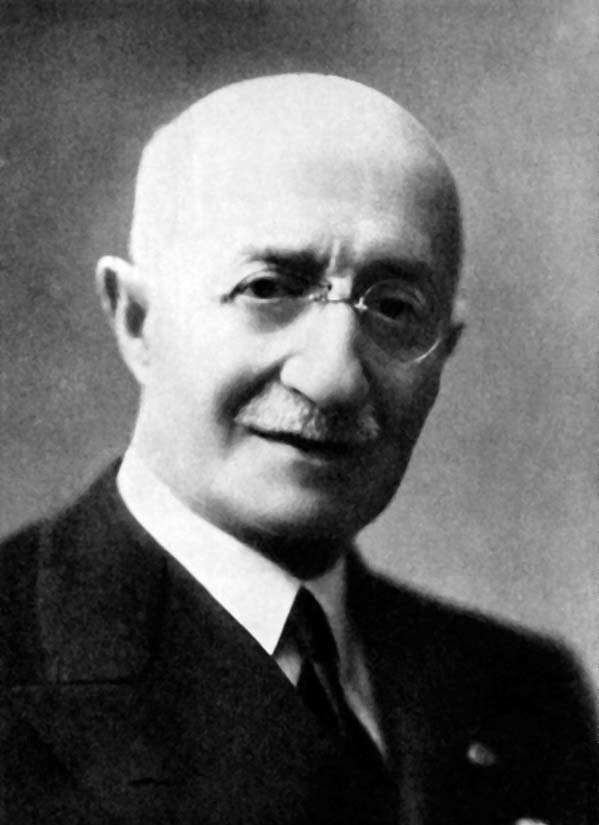Tribute to Francesco Cilea
Piano’s compositions


CILEA AND VARAZZE
Francesco Cilea established permanently his residence in Varazze where in 1943 set up home with his “incomparable partner” Rosa Lavarello; the wedding was celebrated there on the 26 th June 1909. Fifty years have passed since the great master recognized in Varazze his land of choice – but never denying the deep bond with the native Palmi, in Calabria – when the city council, by a council decision, at an extraordinary meeting, gave him the honorary citizenship on the 24th June 1950 with the following motivation:
“Varazze, hosting for more than fifty years the Master Francesco Cilea, ascribes to honor and pride to have been chosen as his adopted homeland; in the calm serenity of this Ligurian shore, the Master has spent a life nobly industrious for art, getting inspirations from his musical genious”.
In the fiftieth anniversary we want to propose again to everybody’s attention – as act of concrete celebration- the composer’s flair, supporting the compact of the pianistic opera, less known, but not artistically less considerable. Actually, for many, the pianistic compositions will be a true discover for their colors, their modernity, wisdom and for the strength of the great Neapolitan school where Cilea grew under the guidance of Masters such as Cesi and Martucci. The homage to Cilea avails oneself of interpretation by the pianist Stefania Amedeo and establishes a discographic innovation in the contest of recovering an often neglected part of our musical heritage.

FRANCESCO CILEA (1866 – 1950)
The compositions for piano
The space of the instrumental music in the Italy of the nineteenth-century all pushed out to weave melodrama’s fate was surrounded – and conquered – by composers that, born and raised in the shadow of the conservatives, spent their lives in didactics; perhaps, this is one of the reasons the instrumental Italian “school”, even if it’s easily identifiable for the clarity of it’s lines and results, boasts a state of being in hiding that only the willpower of some illuminated record companies make, today, the effort to break. We discover, from the first “driving force” Beniamino Cesi , passing through Bossi, Sinigaglia, Sgambati, Martucci reaching Casella and Pozzoli, a common thread that combines more or less talented authors around a fresh and fertile passion for chamber music and, above all, pianisic. We find the origins elsewhere, beyond the Alps, where the tradition of Bach, Beethoven and Brahms is paradigm of indisputable authority and inexhaustible source of inspiration (and plagiarism): weak point, but it’s possible to become original, for example showing an honest interest to the French tradition.
Original was Francesco Cilea (Palmi 1866 – Varazze 1950), who also lived in the shadow of the conservatory but, unlike the others mentioned, was an opera composer essentially converted to instrumental music. That Paolo Serrao who formed more or less the “Giovane Scuola” was decisive for the opera’s caliber but Cilea learned from Cesi and Martucci the germanic treasures that never totally left him, not even after the “great refusal” of Gloria (1907). As director of conservatory, no more as opera composer, Cilea oriented himself to instrumental music and piano, increasing those few numbers of catalogue that date back to the education period with works full of an instrumental strength sometimes extraordinary. In Cilea’s pianistic opera – it’s not excessive to use the term “opera”- we can read everything clearly : the taste of an agile and sober counterpoint that unbalances a push to a vibrant melody with an eye (in piano terms) on the criterions of the French Chopin kept on a side, in favor of a simplified technique but not elementary, acute and penetrating sortita forward almost trying the communion with the fresh innovations of Casella. All this comes alive in the evanescent “Fogli d’album” or in the short collection of “Non più che Pezzi”, in a very noble entertainment that won’t really grant the vicious dilapidation of talent in a parlor, but focusing more in the attention to explain everything ( or almost) in few minutes, as Schumann instructs (just in a few cases we record some melodramatic excess, but it’s all about natural contamination). Between “Berceuse” (1895) and “Serenata a dispetto” (1916) and on, Cilea’s pianistic plot is released: the combination of this two pieces is enough to explain the walk of the musician from a more intimate spirit and curled up spaces where lexicon and musical syntax open unexplored roads, sometimes plumbing – as in “Suite Antica”- tasty baroque constructs. Next to the Cilea that tenderly watches the childhood world (in “Fogli d’album” “L’Arcolaio” o “La Danza” for example) there’s another, almost fearfully “impressionistic” one: we can see this in “ Tre Pezzi op.43” equipped and modeled on three operas by Soffrè, where the language becomes uncertain and in search of poetical correspondences as in the free flow of nostalgic resonances signed by enlargement of expressive space in places where past and memory blend. Cilea passes into the annals of history for the “Arlesiana” and “Adriana Lecouvreur” but the musical critique will have to reconsider with more courtesy and instrumental production that has the right to be positioned in the focus of Twentieth Century’s musical reality, not just for a banal and dismissed aptitude that we find in the inspiration but also for it’s original and conquered contour.